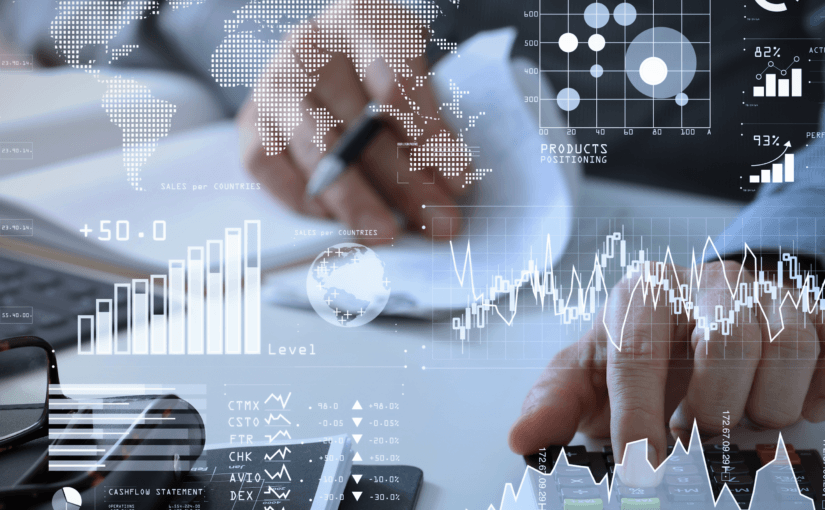While an income statement discusses operating performance, the asset and liability numbers on a balance sheet give us a better look at financial wellbeing. Using this, we can measure growth, operating efficiency, profitability and valuation metrics.
It’s simply a statement of current financial position that sums up a company’s assets, liabilities and shareholder equity, and gives investors a better idea of what the company is involved in, what it owns, what it owes, and how much shareholders have invested.
Assets = Liabilities + Shareholder Equity
Financial obligation, equity and the earnings balance the assets…
Assets are what the company will use to fund business operations. Liabilities and equity are the two sources that will support the assets.
There are two types of assets, including current assets and non-current assets.
Current assets can be easily converted to cash, or cash equivalents, for example. Non-current assets are not easily turned into cash, and can refer to tangible assets such as computers and land. There are intangible assets, as well, including goodwill and copyright.
On the other side of the balance sheet are company liabilities, or obligations a company owes to other parties. Here, there are long-term and current liabilities.
Long-term liabilities include debts and other obligations that are due at least a year from the date of the balance sheet you’re reading. Current liabilities are due within a year’s time, including short-term debts and account payables.
We must also reference shareholder equity. This is the initial money invested in the company.
At the end of the day, for a balance sheet to balance itself out, the assets must equal the total liabilities in addition to shareholder equity.

